Vinyl plank is an amazing choice for anyone who wants high-quality, relatively cheap, and good-looking flooring. It is easy to install and maintain, and the best part? It can last for up to 25 years if cared for properly.
I recently noticed my vinyl plank flooring separating, and since you are reading this, I suppose that you are experiencing a similar problem. Don’t worry, I learned all about fixing it so you don’t have to. Keep reading to find out everything you need to know about the solutions to this issue.
Table of Contents
Causes of Vinyl Plank Flooring Separating
To fix the problem of vinyl plank flooring separating, you should figure out the cause first. It’s normal to notice damages on your flooring if it was installed a long time ago. If your vinyl plank flooring is still young, there are several possible causes for the separation of planks.
Improper Installation
The most common cause of the vinyl planks separating is improper installation. This is a possible reason even if you hired professionals to install the flooring. It could be that the company you contracted sent inexperienced workers or used low-quality material for the job.
On the other hand, if you did the job yourself, you may have made some of the most common mistakes beginners make when installing vinyl flooring. Either way, vinyl planks tend to start separating even as soon as after a few months if not placed properly.
Moisture
Moisture can have a significant impact on vinyl plank flooring. If your floor is exposed to it for an extended period, the adhesive used to install the flooring can start to weaken. This can cause planks to start separating because nothing keeps them in place anymore.
Vinyl plank flooring is made to be water-resistant, but not waterproof. This means that a few drops or spills of water won’t cause any damage, but you need to address any moisture issues before they start causing bigger problems.
Weather Changes
Temperature changes are one of the possible reasons you started noticing gaps between your vinyl planks.
As with most objects, vinyl planks expand under heat and contract when cooled. This frequent movement causes them to separate over time, especially if they were not correctly installed, to begin with.
Another way weather can damage your vinyl flooring is if it is directly exposed to sunlight. Sun can heat up and dissolve the adhesive used to set up the planks. If this happens often, planks can start separating because they lose their stability.
Ideally, you should keep the rooms in which you have vinyl plank flooring at similar temperatures at all times. While this is not always possible, you should at least try to avoid extreme and frequent temperature changes.
Furniture
Furniture can cause your vinyl plank flooring to start separating in more ways than one.
Firstly, moving furniture around can often scratch the surface of the planks, which can, in turn, damage the adhesive. We already talked about how damaging the adhesive can cause gaps between the planks.
Secondly, moving heavy furniture around can displace the planks. It’s not uncommon for this to happen, so try to always pick up and carry furniture pieces instead of dragging them on the floor.
How To Fix Vinyl Plank Flooring Separating
Now that you know the possible causes of your problem, let’s get into fixing it. The correct solution will depend on your specific situation, so make sure to read all of them to determine the best one.
If you feel like you are not able to do any of these things, try contacting a professional instead. This will help you avoid further damage to your flooring.
In case a company installed the vinyl plank flooring for you, you can try contacting and asking them to fix the problem for you.
Stick Planks Together
If your vinyl flooring is click-in rather than glue-down, this option is worth trying first. You will need a piece of flat wood, tape, and a rubber hammer.
First, attach a block of wood to the plank using double-sided tape. Put pressure on it using your body – you can either use your hand or leg, but be careful not to hurt yourself. Kick it with a hammer in the direction of the gap you are trying to close.
Repeat the process until you can’t see a gap anymore. Do this for all of the planks that are separated.
Do not try this if the planks of your flooring are glued together.
Reapply Adhesive
If your vinyl flooring is glue-down, the gaps between the planks are probably due to the adhesive getting damaged. In this case, you should reapply the adhesive to stick the planks back together. You will need a high-quality glue designed for vinyl flooring and a putty knife.
First, you need to make sure that the area you will treat is dirt and debris-free. Clean it carefully and dry it thoroughly.
Next, apply a thin layer of adhesive to the area where the separation is occurring. Use a putty knife to spread it evenly.
Put the plank back in place and press it firmly until it is glued to the surrounding planks properly. Leave the adhesive to dry according to the manufacturer’s instructions. Your floor should be even now!
Try Caulking
Caulking is another good option if your vinyl flooring is glue-down. You will need vinyl caulk and a putty knife.
Make sure that the area you are working on is completely clean and dry, the same as in the previous method.
Cut the tip of the tube to fit the size of the gap you are trying to fill. If you are not sure how to do this precisely, cut it small just to be safe. Apply the caulk to the gaps. Use a putty knife to remove any excess caulk from the planks.
Leave the caulk to dry thoroughly. Depending on its color, consider painting it so it matches the color of the flooring.
Replace Damaged Planks
If you tried all of these methods and none of them worked, you should consider replacing the damaged planks. They may have shrunk or disfigured from excess moisture, heat, or cold, so the damage may be irreversible.
In this case, contact the manufacturer you bought the flooring from. They may be willing to give you a discount if your floor didn’t last for long before needing replacement.
If you are replacing parts of your floor, make sure that you do it properly to avoid further frustration of vinyl plank flooring separating.
Redo Flooring
In rare cases, your whole floor may need replacing. This can happen if it was installed a long time ago, if all of the planks have gaps in between them, or if there is additional damage to its surface.
More often than not, the decision to replace the whole flooring is purely for aesthetic reasons. Since this project is usually highly expensive, you can consider some other options, like putting a nicely-colored carpet on top instead.
How To Prevent Vinyl Plank Flooring From Separating
Paying a lot of money to install new vinyl plank flooring is nothing but frustrating when you start seeing the gaps between the planks soon after.
Whether you already solved a problem of separating vinyl planks or you are in the middle of figuring it out, you should know how to prevent this from happening in the future. Here are some tips.
Hire Professionals
If you are looking to install a new vinyl flooring or if you are renovating the old one, please ensure that the professionals are doing it for you. While you will pay more than if you did it yourself, it will be worth it, I promise.
Always check that the company you are hiring is reliable and has good reviews. Request experienced workers and ask questions about anything you don’t understand. Properly installed vinyl plank flooring will save you a lot of time, money, and trouble long-term.
Ensure Proper Maintenance
Another crucial thing is to maintain the flooring properly. Follow these steps to do so.
- Clean the floor regularly, but avoid using abrasive products that can cause scratches.
- Always dry the floor after cleaning it. Remember, prolonged moisture can cause excessive damage.
- Don’t drag the furniture or other heavy objects on the floor.
- Avoid exposing the floor to extreme temperatures and temperature changes.
- Occasionally check if there are any damages that you can promptly fix.
Conclusion
Trust me when I say that I believe how frustrated you are with your vinyl plank flooring separating. It is annoying and unpleasant to look at, but it is nothing that you can’t fix. There are several methods that you can try out to solve this problem.
Once you do solve it, start taking the precautionary steps needed to prevent this from happening again.
If in any part of the process you feel confused, please comment below and ask anything. I will be more than happy to help you!
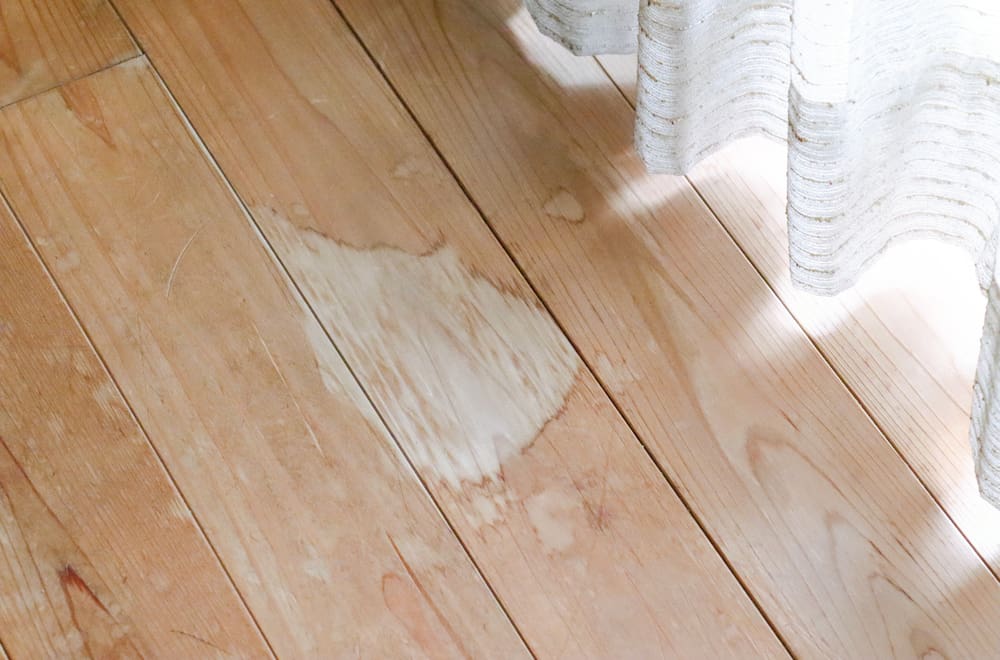
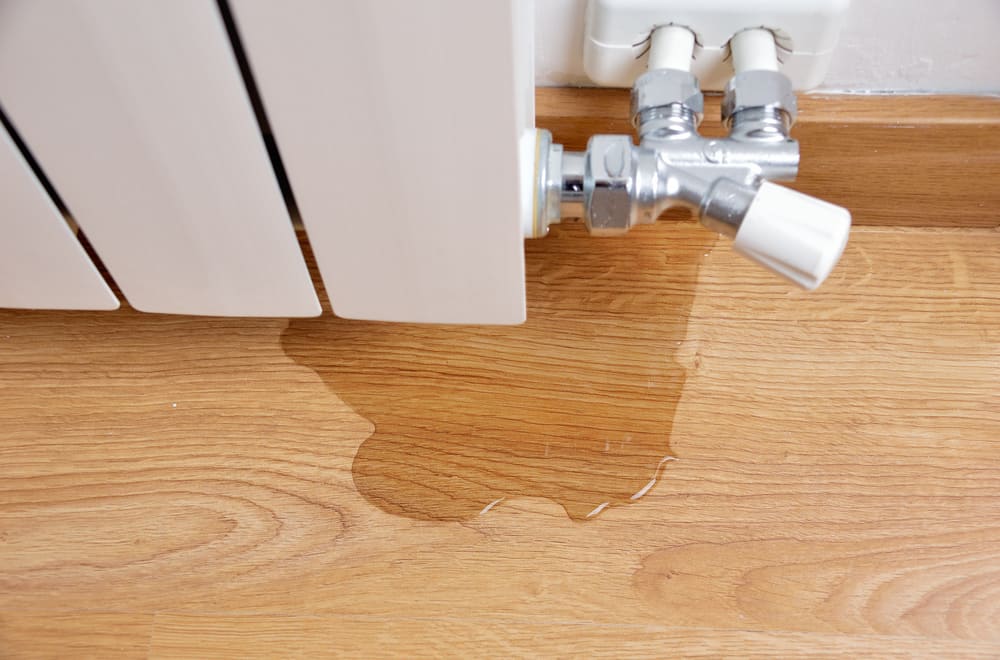
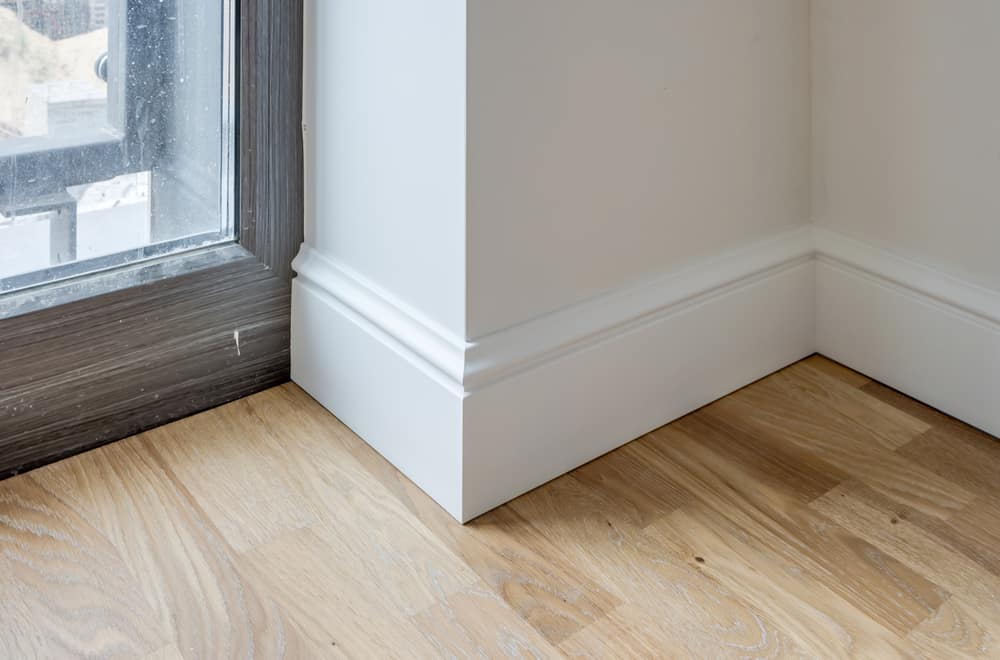
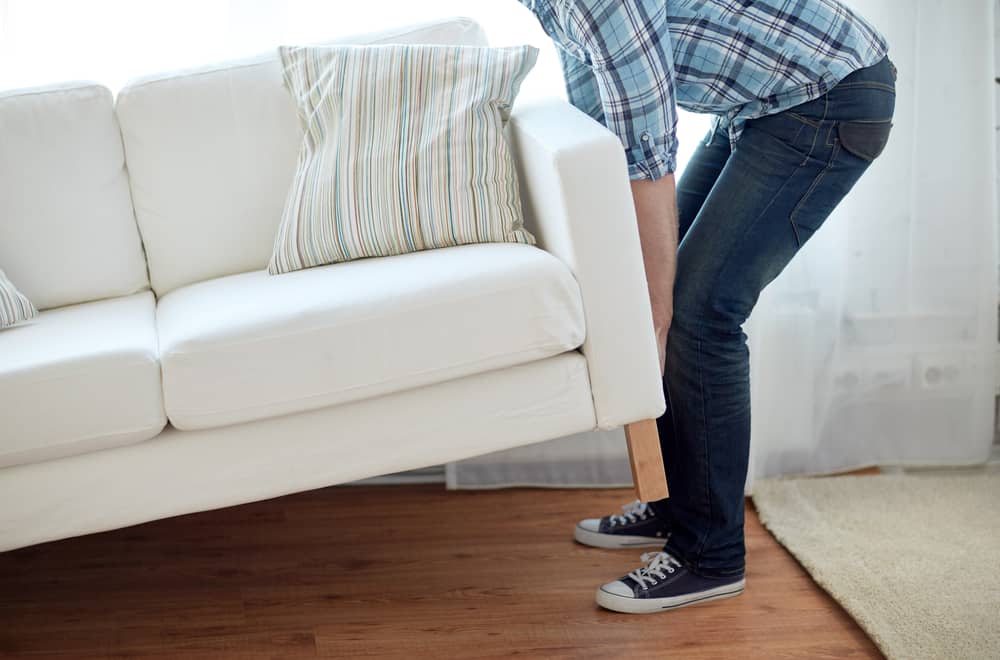
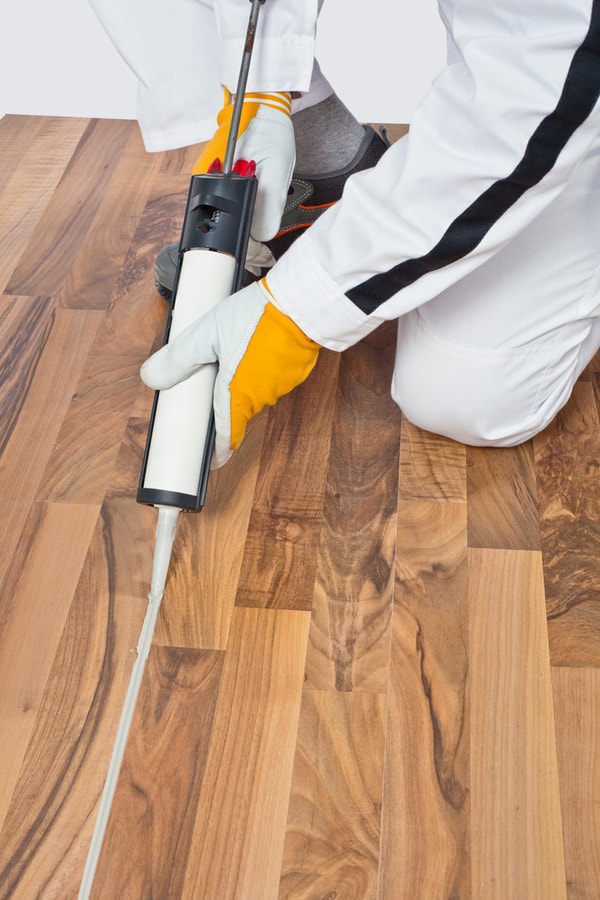
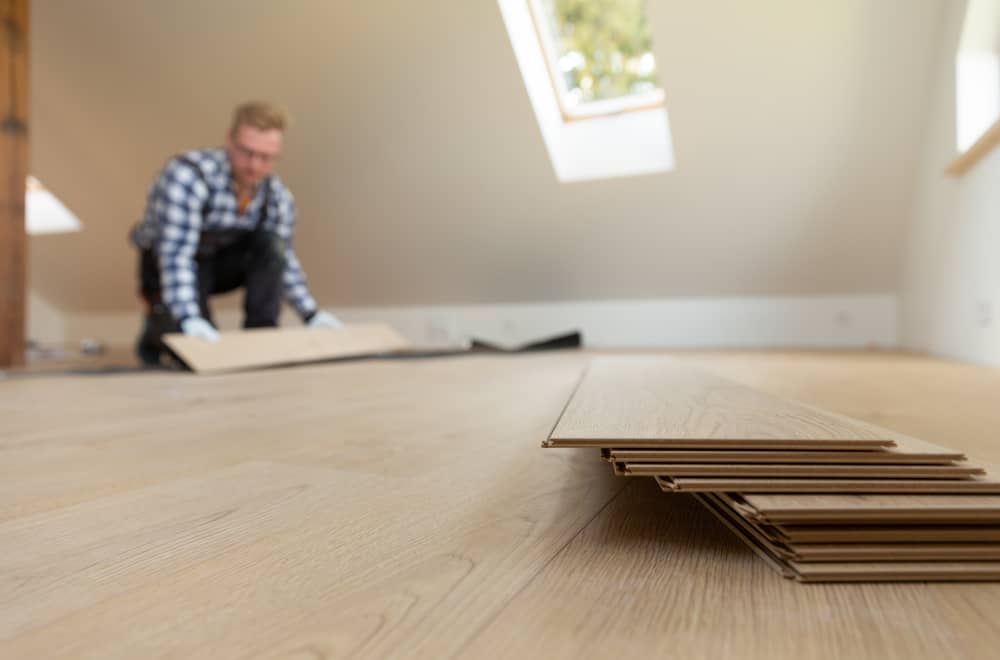
Can the same vinyl plank separate in some areas but show “peaking” (end joints raised) at other areas? what could be the cause of this? Floor seems to be level, there is 6 mil plastic underneath and there is expansion gap as I am told.
Your insight is requested.
Thanks
I’ve noticed , some of the planks have a lift on the ends in many of the less expensive brands . It’s not coming apart , it just throws a little shadow . When we notice that happening. We realize and put our trust in traffic whearing it down a little smoother. But if the planks have been jammed together too tight . You would notice a little gully right next to the edge .
You can easily separate vinyl plank flooring , by kicking the surface of one plank away from the other with a pair of rubber sole shoes. Even a fast stop , or shift in direction can cause it to happen . Especially if the sub -floor has any low spots . Dosent take much . It’s only designed to hold together . Not to be pulled apart by a fast rubber shoe